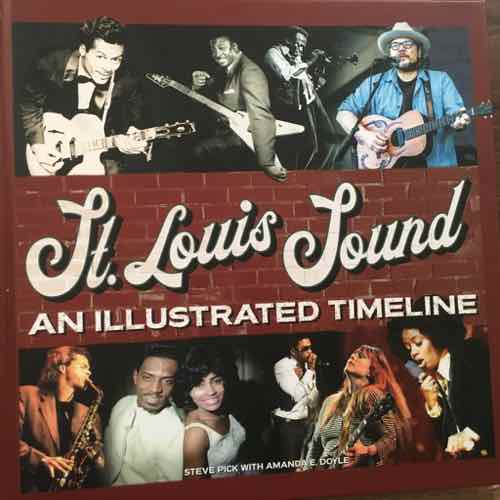New Book — ‘Historic Missouri Roadsides, 2nd Edition’ by Bill Hart
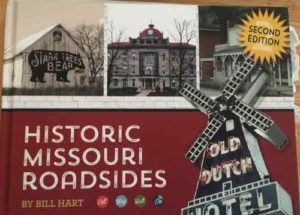 I’ve posted many times about day/weekend trips my husband and I have taken in small towns in Illinois & Missouri. Now we have a beautiful new hardcover book to guide us exploring more of Missouri. We especially like “two-lane” trips, as interstates are so boring.
I’ve posted many times about day/weekend trips my husband and I have taken in small towns in Illinois & Missouri. Now we have a beautiful new hardcover book to guide us exploring more of Missouri. We especially like “two-lane” trips, as interstates are so boring.
Who hasn’t heard the call of the open road and felt the desire to get out of the city and see the beauty of the Show-Me State? Historic Missouri Roadsides offers all the history, recommendations, and itineraries you need to make the most of a picturesque trip down a two-lane road or highway. Richly illustrated with photographs from the author’s own collection, you’ll find tours of varying lengths, most beginning near Kansas City or St. Louis. Whether you’re a first-time visitor or a local “staycationer,” you’ll want to check out these tours like Route 79 along the Mississippi River or El Camino Real leading down to the Missouri Bootheel. Don’t miss the Route 24 tour through Excelsior Springs and across the state into Ralls County or a chance to see the Osage Hills and Prairies in Laclede County. Find insider’s tips on the best locally owned businesses, restaurants, and lodging along the way with character and a hometown feel. The second edition of the book offers even more destination trips including Fulton, Sedalia, the Boonslick area, the Arcadia Valley, Glasgow, and St. Joseph. Bill Hart takes the wheel and shows you the very best of the roads from St. Charles County to old Route 66. Thumb a ride through this beautiful guide to enjoy all that small town Missouri has to offer. (Reedy Press)
I like the organization, with suggested groupings of towns and interesting back routes between them. Hart suggests using a free Missouri state map, or a printed atlas. I’ll stick to using maps on my phone connected to our car’s screen — with “avoid highways” turned on. Each area has places to eat, stay, visit, and to do — very helpful. Often our trips are based on a cafe in a town many miles away from St. Louis. Food tourism.
Thumbing though the book & scanning the index I’ve learned so much about Missouri. For example, I can finally afford to visit Paris! Paris…Missouri. According to Wikipedia it was platted in 1831 and named after another Paris. Paris…Kentucky.
This hardcover bill is filled with many photographs. It’s available from St. Louis’ Left-Bank Books (in stock!), St. Louis-based publisher Reedy Press, Amazon, and others.
— Steve Patterson
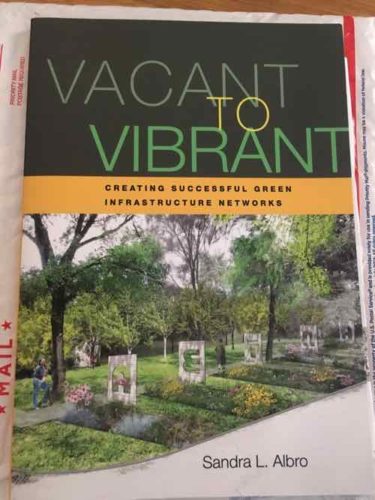
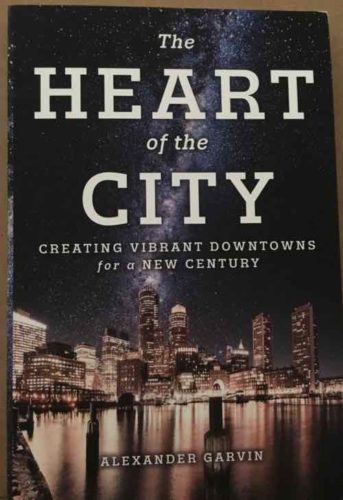 Downtowns are often critical to the perception & success of entire regions, but making them vibrant isn’t always easy.
Downtowns are often critical to the perception & success of entire regions, but making them vibrant isn’t always easy.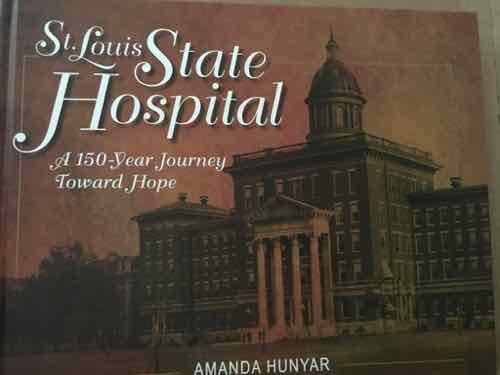 In my 28+ years in St. Louis I’ve been in many buildings that interest me. One I haven’t seen inside of is the St. Louis State Hospital on Arsenal. It and the grounds have changed considerably in my decades here.
In my 28+ years in St. Louis I’ve been in many buildings that interest me. One I haven’t seen inside of is the St. Louis State Hospital on Arsenal. It and the grounds have changed considerably in my decades here.